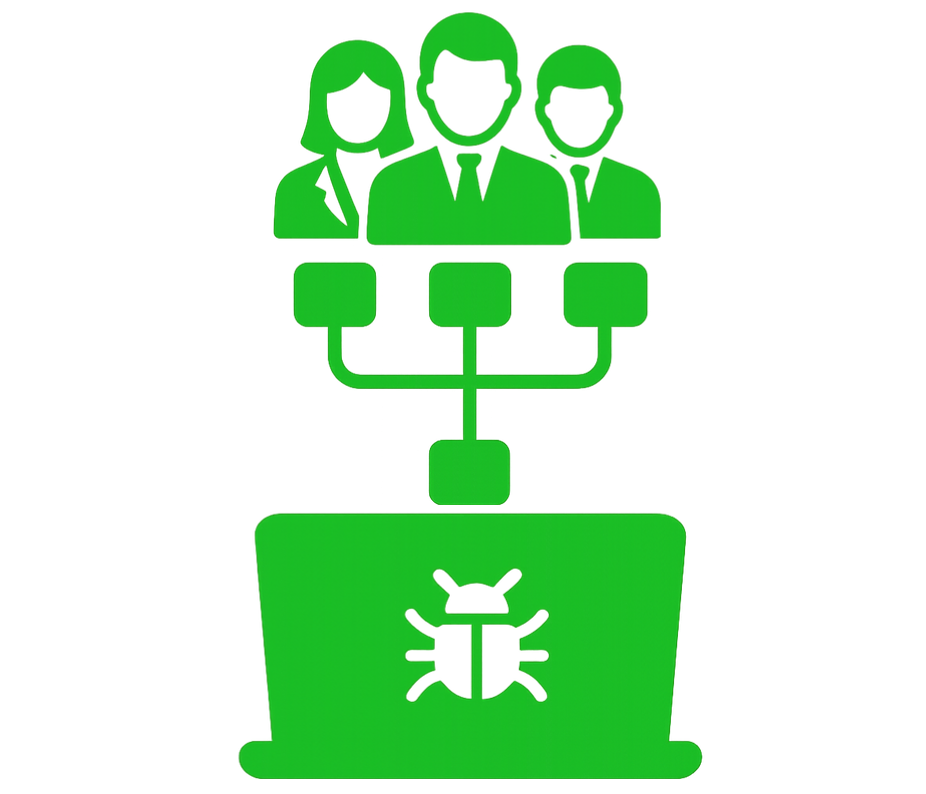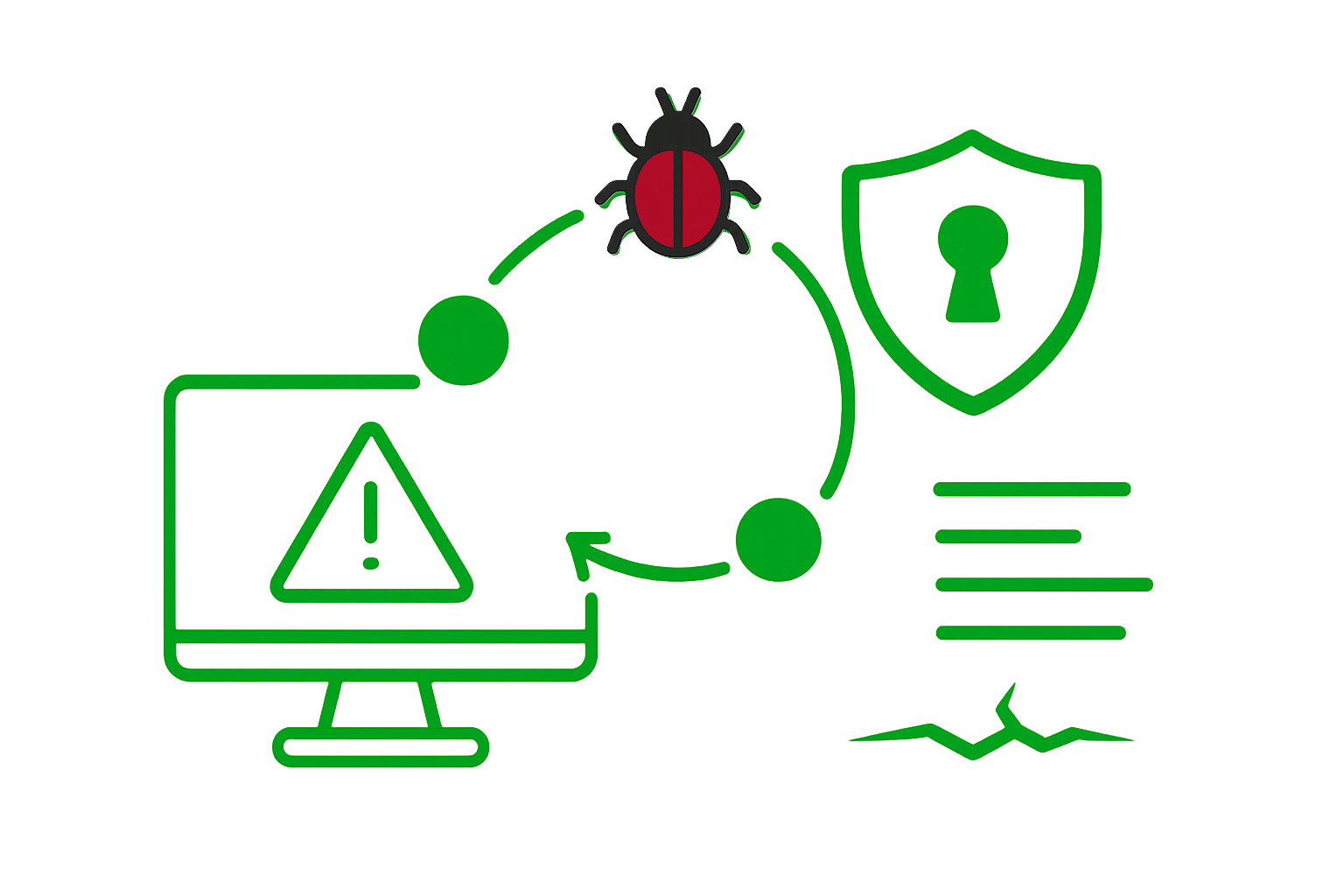Ethical hacking, also known as penetration testing or white-hat hacking, involves cybersecurity experts attempting to bypass system security to identify potential data breaches and threats in a network.

The company that owns the system or network allows cybersecurity engineers to perform such activities in order to test the system's defenses. Thus, unlike malicious hacking, this process is planned, approved, and more importantly, legal.
Ethical security professionals who use their skills to improve security by finding vulnerabilities and helping to fix them. They work with organizations' consent.
Malicious hackers who break into systems without permission for personal gain, to steal data, or to cause damage. Their activities are illegal.
Operate somewhere between white and black hats. They may break laws or ethical standards but without malicious intent, often revealing vulnerabilities to companies.
Other specialized types include:
Gathering information about the target system before launching attacks. This can be passive (without direct interaction) or active (with direct interaction).
Using technical tools to examine the target network and systems for vulnerabilities, open ports, services, and other potential entry points.
Exploiting vulnerabilities to enter the target system. This might involve cracking passwords, exploiting software flaws, or social engineering.
Ensuring continued access to the compromised system, often by installing backdoors or creating admin accounts for future access.
Removing evidence of the intrusion by clearing logs, hiding files, and avoiding detection mechanisms to maintain stealth.
Network Mapper - a powerful open-source tool for network discovery and security auditing. Used to discover hosts and services on a computer network.
A penetration testing framework that makes hacking simple. It provides information about security vulnerabilities and aids in penetration testing.
A network protocol analyzer that lets you capture and interactively browse the traffic running on a computer network.
A fast password cracker software tool. It's used to detect weak Unix passwords and to test password strength.
An integrated platform for performing security testing of web applications. Its various tools work seamlessly together.
A complete suite of tools to assess WiFi network security. It focuses on monitoring, attacking, testing and cracking.
This roadmap provides a structured learning path for aspiring ethical hackers and cybersecurity professionals. Follow these steps in order to build a solid foundation and advance your skills systematically.
Understand how computers and the internet work at a fundamental level.
Learn about TCP/IP, DNS, HTTP, and other networking protocols.
Master the Linux command line interface and basic system administration.
Learn Python, Bash scripting, or another programming language.
Understand how operating systems work under the hood.
Learn how web applications work and the HTTP protocol.
Create a safe environment for testing and practicing hacking techniques.
Understand the ethics, laws, and principles of ethical hacking.
Learn passive and active reconnaissance techniques.
Master port scanning and network enumeration techniques.
Learn to enumerate services, users, and network resources.
Master tools like Nessus, OpenVAS for vulnerability scanning.
Learn to test and secure operating systems.
Understand malware types and prevention techniques.
Master Wireshark and network traffic analysis.
Learn about social engineering attacks and countermeasures.
Understand DoS/DDoS attacks and prevention.
Learn about session hijacking and spoofing attacks.
Master web application penetration testing.
Learn to test and secure wireless networks.
Understand and test IDS/IPS systems.
Learn cryptographic principles and implementations.
Master exploitation frameworks like Metasploit.
Learn the basics of reverse engineering software.
Learn to analyze and understand malware behavior.
Participate in CTF competitions to practice skills.
Learn responsible disclosure and bug bounty programs.
Master advanced attack simulation and red teaming.
Pursue certifications like CEH, OSCP, CISSP to validate skills.
Note: This roadmap provides a comprehensive learning path. Progress at your own pace and focus on mastering each topic before moving to the next. Practical hands-on experience is essential for developing real-world skills.
In our increasingly digital world, ethical hacking plays a crucial role in cybersecurity by:
